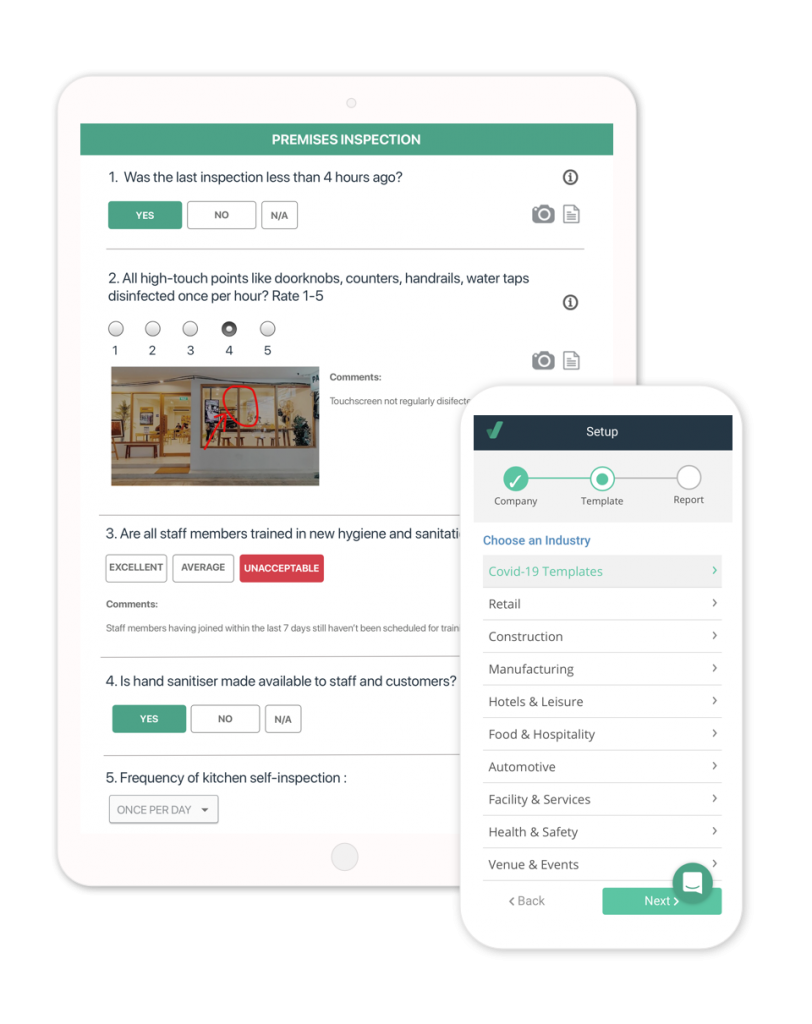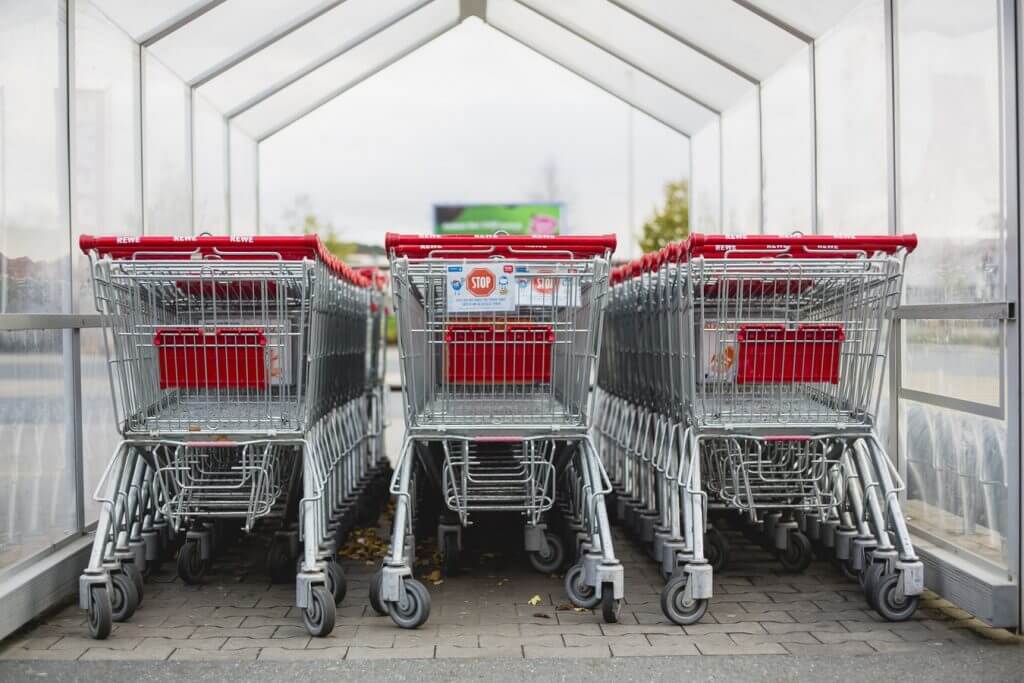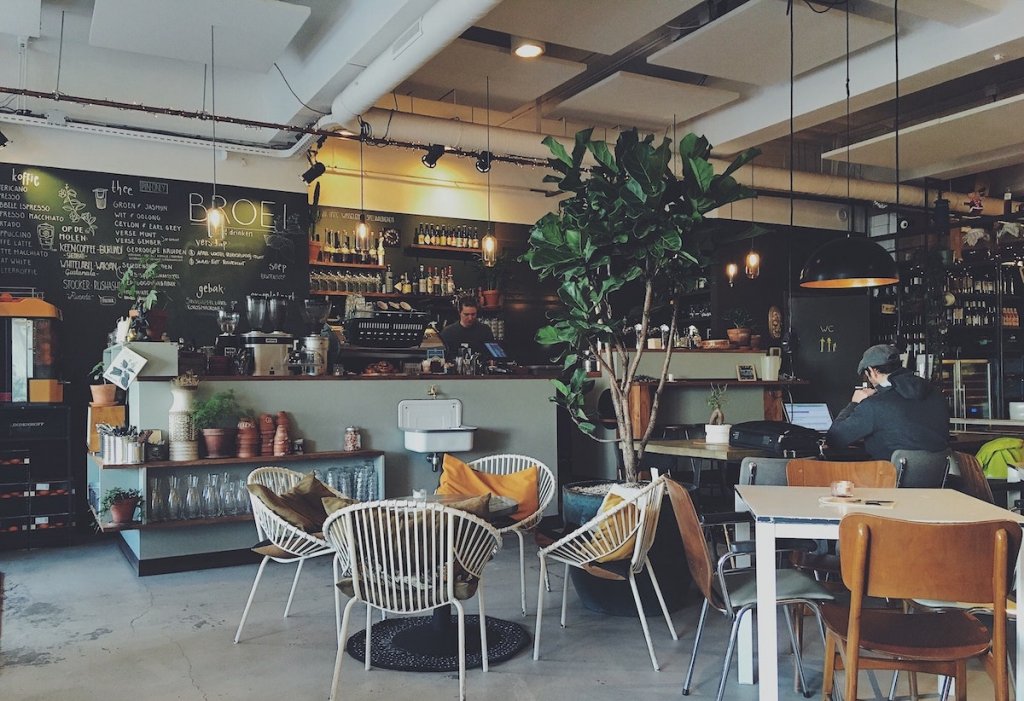The BRC (British Retail Council) is an influential retail industry body in the UK and beyond. They have released a complete guide on social distancing to help stores re-open safely. It is in line with the latest UK government guidelines, but is also useful for retailers in any country who are looking for ways to keep staff and customers safe.
GoAudits checklists to help implement the BRC social distancing guidelines

Download our Covid-19 toolkit or our app, to find several useful checklists that will help you efficiently manage your updated social distancing procedures across all your locations.
If you need help to implement a checklist and adapt it to your business, just contact us and we will configure your custom checklists for free. To help retail businesses impacted by Covid-19, we also offer the FREE use of our system until the situation improves.
Please note that we do not provide professional safety advice, but we give you the tools to build and efficiently implement your own measures. In the meantime, here’s a summary of the BRC social distancing implementation practices for non-food retail stores (as of June 5th 2020):
Social distancing measures OUTSIDE the retail stores
- Limit number of entry/exit points for the store, plan separate entrance and exit points if possible.
- Limit the number of customers in the store at any time. Assess the size/layout of the store to calculate the number of customers who can reasonably follow 2m social distancing.
- Have a colleague to meet customers, explain the social distancing requirements and control the number of customers entering store at any one time. In some circumstances, that colleague may need to be Security Industry Authority SIA licensed
- Consider temporary barriers in case it becomes necessary to stop people joining a queue.
- Place clear signage outside of the store explaining the social distancing measures for customers.
- Place markings outside the store to assist correct queue spacings.
- Coordinate with nearby premises to work together to manage possible shared queuing areas.
- Encourage customers to shop alone wherever possible.
- Schedule deliveries to avoid crowding in delivery areas, consider non-contact stock deliveries.
- Coordinate with relevant partners such as local authorities, landowners, shopping centre managers and existing business coordination bodies like BIDs (Business Improvement District), to determine the best way to avoid congestion for queues outside stores.
- Consider whether additional security staff may be required to help your staff.

Social distancing measures INSIDE the retail stores
- Provide cleaning stations at front of store including hand sanitiser if available, and disinfectant wipes or spray and tissue for trolley/basket handles.
- Identify and regularly clean key touch points eg. door handles, lift buttons, keypads, stair/escalator hand rails (find a complete list of high-touch points in our Covid-19 checklists)
- Social Distancing: consider what steps will be taken by managers and staff where customers are not following social distancing measures.
Shop floor and till areas
- Use floor markings inside to facilitate compliance with the social distancing of 2 metres, particularly in the most crowded areas and where queueing is likely.
- Place clear signage throughout the store and make regular announcements reminding social distancing measures to customers and staff
- Review the layout of the store to ensure aisles/walkways are as clear as possible to accommodate 2m social distancing, including the removal of promotional fixtures or product demonstration points where customers are likely to congregate.
- Consider one-way systems using floor markings and signage to highlight system and direction.
- Erect physical barriers at till points using flexiplastic to provide a barrier for those working on the tills. These should be included in store cleaning programmes.
- If necessary, use staff to manage the flow of customers to checkouts
- Where till points are close together, consider closing every other till point. Assess whether this is also necessary for self-scan tills.
- Leave non-essential doors open to minimise the number of people who touch them (does not apply to fire doors).
- Customer order collection points should be set up to ensure the 2m separation either by floor markings or by limiting the number of customers that can wait at a time.
- Consider limiting the number of customers in enclosed spaces such as lifts.
- To limit congestion, consider restocking/replenishing only outside of store opening hours. If replenishment must be done in opening hours, assess how this can be done without compromising employee or customer safety.
- Encourage cashless purchases.
- Self-checkout touch screens/keypads – if these remain in operation a member of staff must be available to regularly wipe these areas, ideally between each use.
Measures in staff areas and customer service areas
- Consider keeping changing rooms closed. If this is not possible, you must have a colleague in place at all times to ensure social distancing is maintained.
- For customer assistance in store, ensure colleagues giving the advice have a clearly designated position, ideally with a secure barrier as provided at till points.
- Remove or limit customer seating in store. If seating is provided, space out appropriately.
- For products that customers trial prior to purchase e.g. TV’s, headphones, computers: set up to enable social distancing rules to be followed, consider staff demonstration instead of customers touching the item or provide hand sanitiser in these areas. Stop services which require direct physical contact with customers such as make-up application or personal shopping.
- Specialised make-up and skincare advice can be provided if following strict hygiene and social distancing protocols.
- If stores choose not to assist customers with large purchases e.g. 60” TV to their car, it is advisable to highlight this prior to purchase. If stores are providing this service they should provide suitable protection for this to be conducted safely.

Measures in store cafes and toilets
- Consider whether it is safe to keep customer toilets open or if these should be available on request. If open, regular cleaning should include manual multi-person touch points such as door handles, flushes, taps. etc.
- Baby changing facilities should be available but consider frequency of cleaning.
- Cafes and restaurants are closed until further notice unless offering hot or cold food to be consumed off the premises. Seating areas should be securely closed off to ensure customers do not use them.
Download the GoAudits mobile app and discover the store inspection checklist templates to help you manage your new operating procedures. Get in touch and we will configure it all for you!


